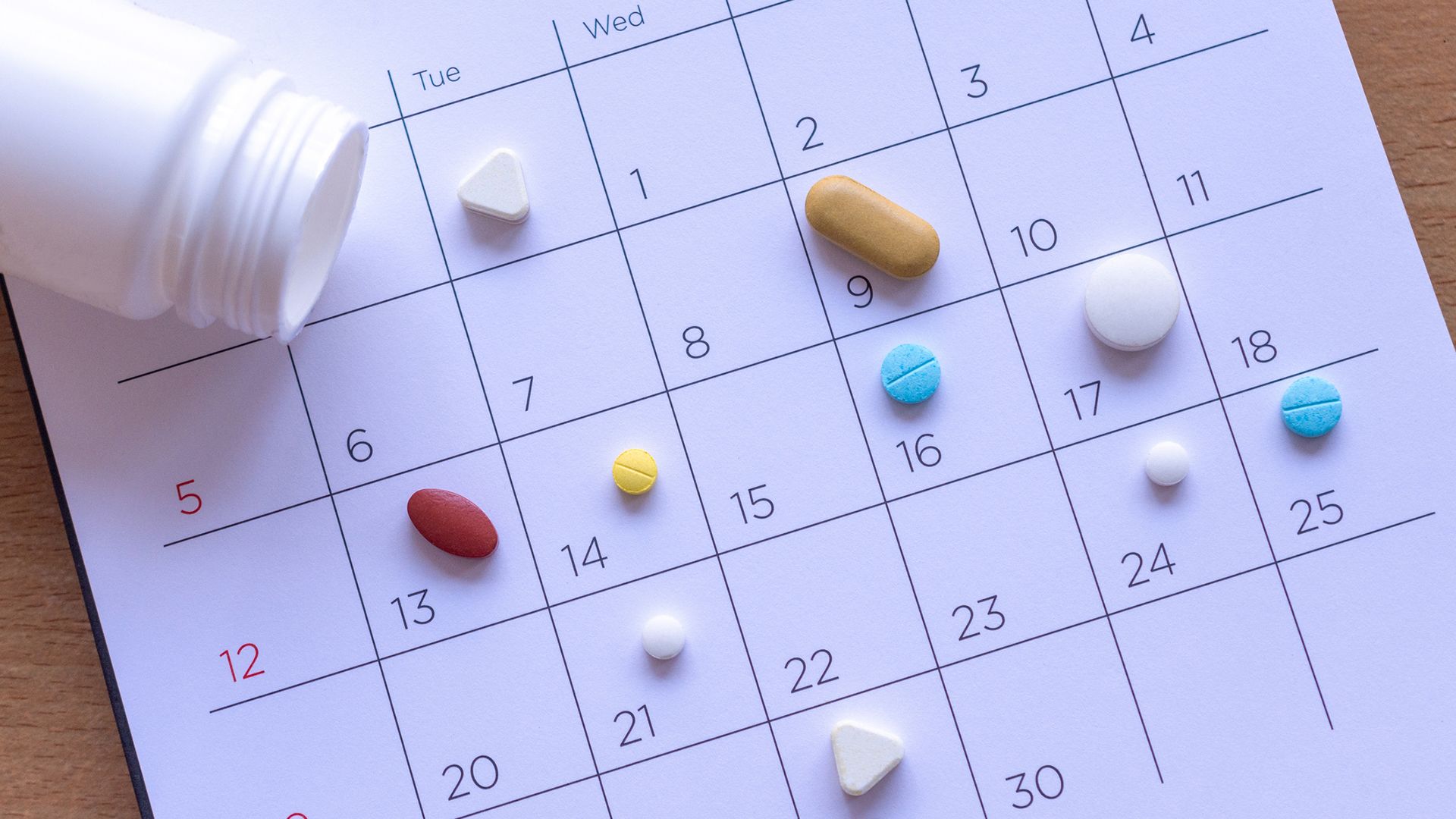Migraines are a neurological disorder that affect approximately 12 percent of the population. Migraine attacks are most commonly associated with debilitating headaches, but can cause a variety of symptoms—nausea, vomiting, dizziness, and sensitivity to light or sound. Some migraine attacks are preceded by an aura, visual disturbances or tingling in the body. Symptoms vary from person to person, as do the duration of migraines, with some attacks lasting hours and others lasting days.
Migraine triggers also vary from person to person. However, some triggers are more common than others, including several triggers that occur during the spring season.
Spring showers bring… migraines?
Spring is a time when the weather fluctuates—between cool and warm temperatures, between rain and sun (and sometimes snow). Research has not been able to prove a connection between weather patterns and migraine attacks. However, many people who experience migraines report that changes in weather can trigger attacks.
Why does this occur? One theory is that it has to do with changes in barometric pressure. Also known as atmospheric pressure, a simple way to think about barometric pressure is that it is “the weight of the air” as gravity pulls on air molecules.
Barometric pressure is different at different altitudes, which is why some people experience headaches during air travel or when visiting a city located at a higher elevation. Humidity and temperature also influence barometric pressure—barometric pressure will vary before, during, and after a storm, for example.
Though more research is needed, changes in barometric pressure have been associated with changes in blood flow to the brain and brain volume—which can play a role in triggering migraines.
Good weather migraine triggers
While we’ve mostly focused on stormy weather so far, let’s not forget about good weather and how it might trigger a migraine. Spring is a time when everything is in bloom—flowers, trees, grass, shrubs. While it can look beautiful, for many people it also means allergies, which can trigger migraines. Sunshine is another possible culprit. Many people with migraines are light sensitive, and bright light and glare can trigger migraine attacks.
Controlling what you can
Although you cannot control the weather or seasonal changes, there are things you can do to prevent or lessen the effects of migraines.
- Keep up with migraine treatment. Migraines are a different experience for everyone, so your treatment approach will be unique to you. Whatever your approach, make sure you are following your plan. And if you’ve been lax in your migraine management (it happens to everyone from time to time), make an appointment with your healthcare provider.
- Update your headache diary. If you are managing migraines, you should be keeping a headache diary where you track your symptoms and possible triggers (food, activities, stress). Make a note about the weather in your headache diary.
- Address allergies. Work with your healthcare provider to address allergies. Tell your healthcare provider about any allergy medications that you take, as well as any over-the-counter medications and supplements.
- Wear the right shades. Talk to a healthcare provider about the best sunglasses to protect yourself from migraines. Also, remember sunscreen! A sunburn can trigger a migraine—and it will increase your risk of skin cancer.
- Maintain a healthy lifestyle. Eating well, exercising regularly, and getting enough sleep are important to managing migraines as well as your overall health and wellbeing. Practice healthy habits all year round.
Remember, your healthcare provider will be your best source of information. Even though you cannot avoid the weather, working with your healthcare provider can help you come up with strategies to minimize the impact the weather has on your migraines.









